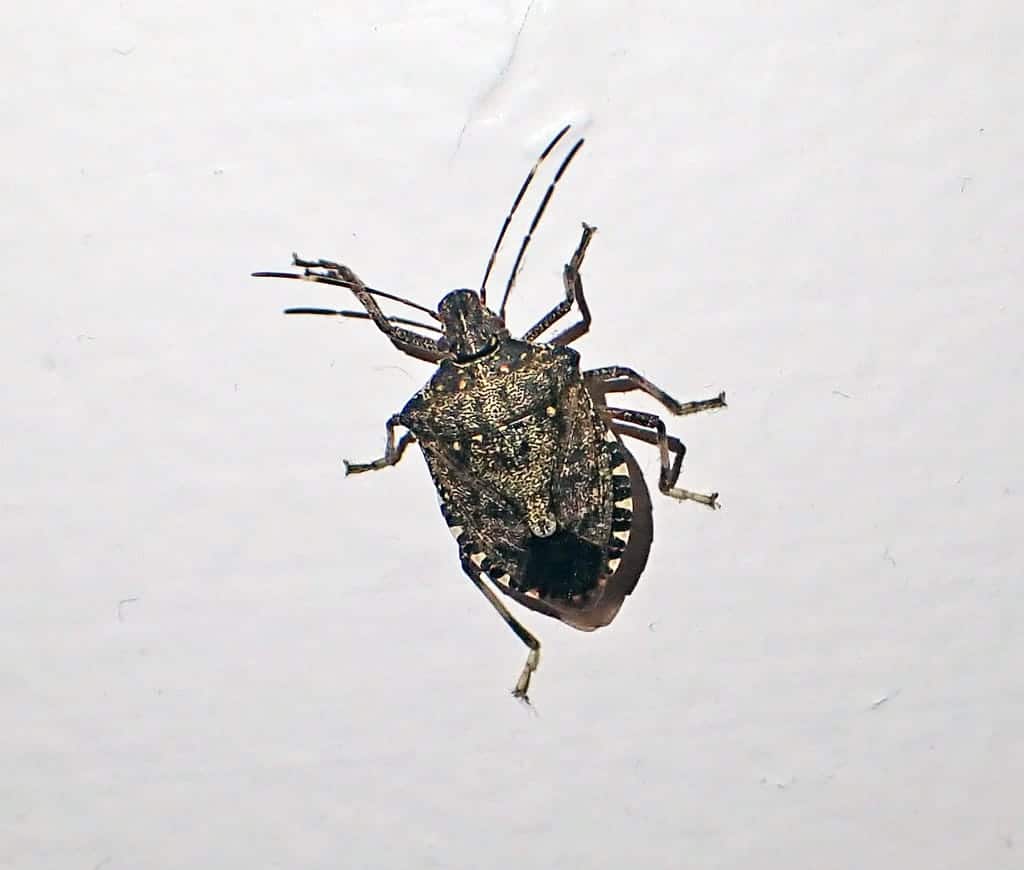


Stink bugs primarily feed on plants, including fruits, vegetables, and ornamental plants, piercing the surface to suck out nutrients. They are highly mobile and seek shelter in the fall to overwinter inside homes, often gathering in large numbers on the sunny sides of buildings. In the spring, they emerge to continue their life cycle, laying eggs on plant leaves.
Overwintering stink bugs are best managed through preventative treatments. Before the weather turns cold, usually in October, our technicians apply dust treatments in exterior voids such as weep holes, behind siding, and around windows and doors. This creates a barrier that deters entry. If stink bugs have already entered, interior treatments focus on repellent materials around window seals, door frames, and baseboards. In severe cases, dusting within wall voids may be necessary.
Exterior perimeter treatments with a repellent material like Bifen IT provide additional control. However, exclusion is key—sealing cracks, repairing damaged screens, and addressing moisture issues help prevent infestations from recurring.
Stink bugs enter homes in the fall to find shelter for the winter. They seek warmth and protection from the cold, often hiding in attics, wall voids, and other undisturbed areas.
Stink bugs are mostly a nuisance pest. While they can damage crops and gardens, they do not bite, sting, or cause structural damage to homes.
Once stink bugs have entered a home, vacuuming them up is one of the easiest removal methods. However, preventative treatments in the fall help keep them from entering in the first place.
Crushing a stink bug releases a strong, unpleasant odor as a defense mechanism. It’s better to vacuum them or use other non-contact removal methods.
Yes. Sealing cracks, repairing screens, and applying preventative pest treatments in the fall can significantly reduce stink bug infestations.
Our treatments focus on prevention by applying dusts and repellents before stink bugs enter. If they’re already inside, targeted interior treatments and exclusion techniques provide effective control.


